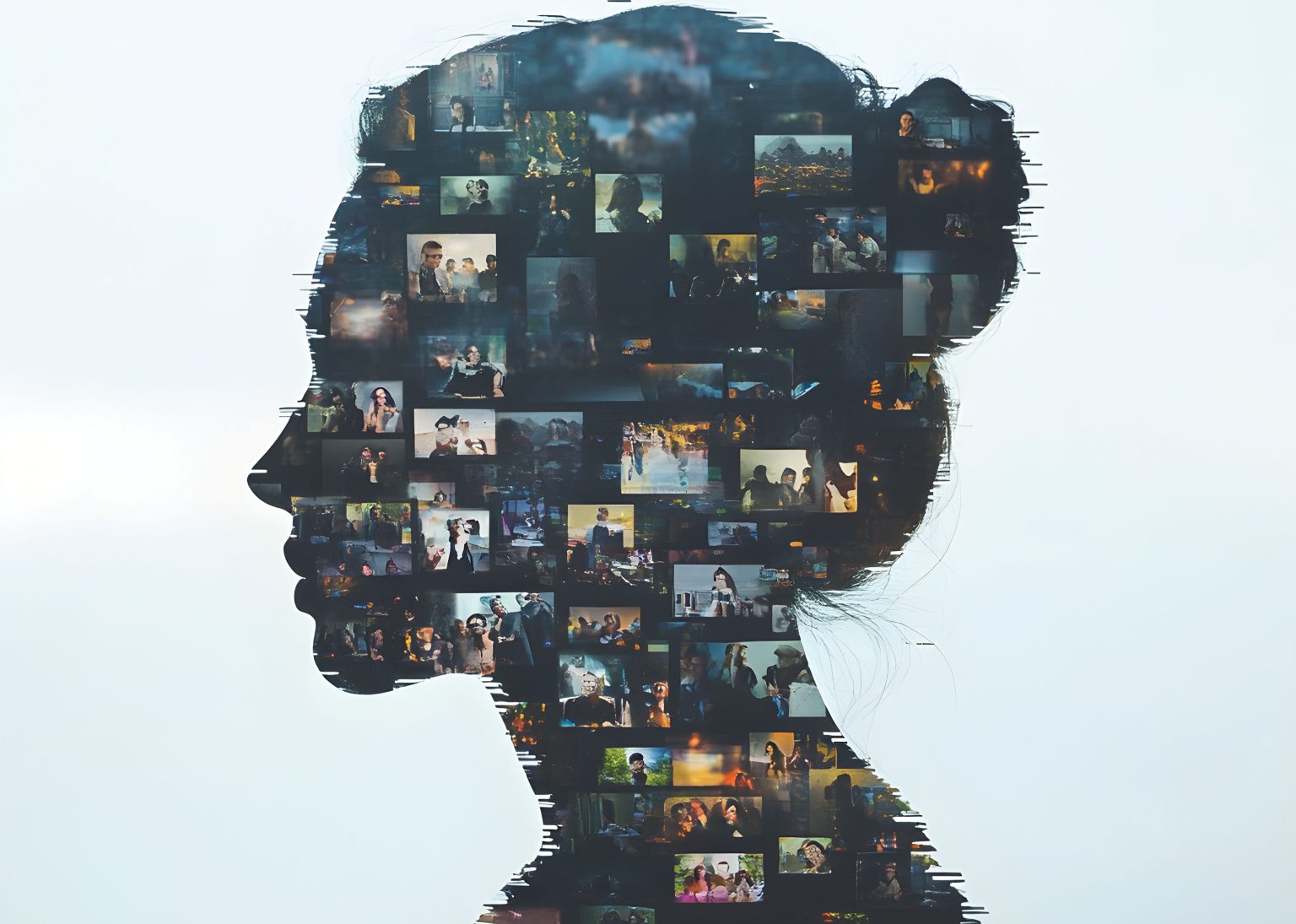The Mental Health Toll of 24/7 News and Social Media
The prevalence of major depressive disorder and anxiety has been steadily rising in the United States, particularly over the past two decades. While the underlying causes are multifaceted, the pervasive influence of mass media, particularly the 24/7 news cycle and the rise of social media, warrants significant attention. The constant barrage of negative news and the often-toxic nature of online interactions contribute to a climate of anxiety, fear, and social division, impacting the mental well-being of individuals across all age groups.
The 24-hour news cycle, fueled by cable television and the internet, has dramatically increased access to information, but it has also created an environment saturated with negativity. Studies have shown that negative news triggers physiological responses like elevated heart rate and skin conductance, indicating increased stress. This negativity bias, coupled with the tendency for negative headlines to attract more viewers, incentivizes media organizations to prioritize sensational and alarming content, perpetuating a cycle of anxiety-inducing information. The constant exposure to negative news can lead to what experts call "media saturation overload," "doomscrolling," and “headline stress disorder.” The American Psychological Association’s Stress in America survey highlights the impact, with a significant percentage of Americans reporting stress related to national and global events.
Political discourse, often characterized by negativity and personal attacks, further contributes to this pervasive anxiety. While some argue that negative campaigning is an effective political strategy, research suggests it can also backfire, leading to voter disengagement. Furthermore, the constant negativity surrounding politics takes a toll on mental health, causing stress, sleep disturbances, and strained relationships. Exacerbating this issue is media bias, where different outlets frame information based on their ideological leanings, fostering distrust and solidifying pre-existing beliefs. This selective consumption of information creates echo chambers, limiting exposure to diverse perspectives and simplifying complex issues into a binary "us vs. them" mentality.
Social identity theory suggests that individuals derive part of their identity from group affiliations, which can lead to tribalism and intolerance towards those perceived as different. This phenomenon is evident in the political landscape, where ideological differences fuel hostility and hinder constructive dialogue. Both liberals and conservatives demonstrate intolerance towards those with dissimilar views, contributing to a climate of division and hindering productive discourse. This tribalism, coupled with negative media coverage and social media amplification, can escalate tensions and even lead to real-world confrontations.
Social media, while offering benefits like social connection and access to information, also presents significant risks to mental health. Cyberbullying, body image issues, internet addiction, and loneliness are among the potential downsides, particularly for young people. Research has linked excessive social media use to increased rates of anxiety and depression in adolescents. The US Surgeon General has recognized the seriousness of this issue, issuing an advisory on social media and youth mental health and advocating for warning labels on social media platforms, similar to those found on tobacco products.
The COVID-19 pandemic exacerbated these pre-existing issues by increasing reliance on media and digital platforms for connection and information. Lockdowns and social distancing measures led to increased screen time and exposure to both negative news and the potential pitfalls of social media. The pandemic also introduced new stressors related to health, finances, and social isolation, further impacting mental well-being. While the acute phase of the pandemic has passed, the underlying issues related to media consumption and mental health persist, requiring attention and proactive strategies for mitigation.
Moving forward, addressing these challenges requires a multifaceted approach. While individuals have limited control over the broader media landscape, they can cultivate media literacy and be more mindful of their consumption habits. Evaluating the content, quantity, and emotional impact of media exposure can empower individuals to make informed choices about their engagement. For younger individuals, parental guidance and support are crucial in navigating the complexities of media consumption. Psychiatry can play a vital role in providing support, education, and intervention strategies to help individuals cope with the mental health challenges posed by the 24/7 news cycle and the pervasive influence of social media. Ultimately, fostering a culture of tolerance, respect, and critical thinking is essential in mitigating the negative impacts of media excess and promoting a more balanced and mentally healthy society.


